Fracture and Structural Integrity: The Podcast
Stay at the cutting edge of fracture mechanics and structural integrity research with the official podcast of the Fracture and Structural Integrity journal. Join us for insightful interviews with top researchers, in-depth discussions of groundbreaking papers, and explorations of emerging trends in the field.
RSS Spotify YouTube Amazon Music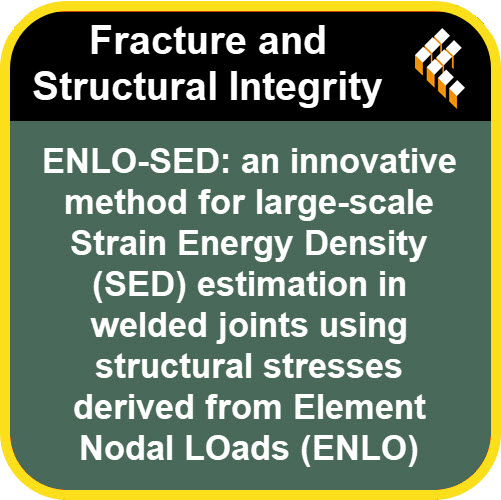
ENLO-SED: an innovative method for large-scale Strain Energy Density (SED) estimation in welded ...
2025-09-22
https://www.fracturae.com/index.php/fis/article/view/5580
More DownloadFiletype: MP3 - Size: 27 MB - Duration: 14:06m (256 kbps 44100 Hz)
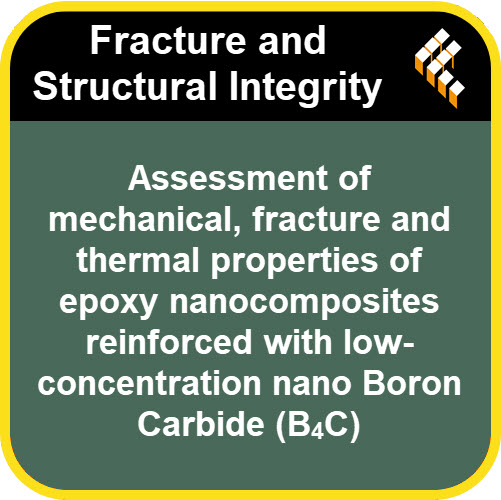
Assessment of mechanical, fracture and thermal properties of epoxy nanocomposites reinforced with low-concentration nano Boron Carbide (B4C)
2025-09-21
https://www.fracturae.com/index.php/fis/article/view/5551
More DownloadFiletype: MP3 - Size: 21 MB - Duration: 11:09m (256 kbps 44100 Hz)
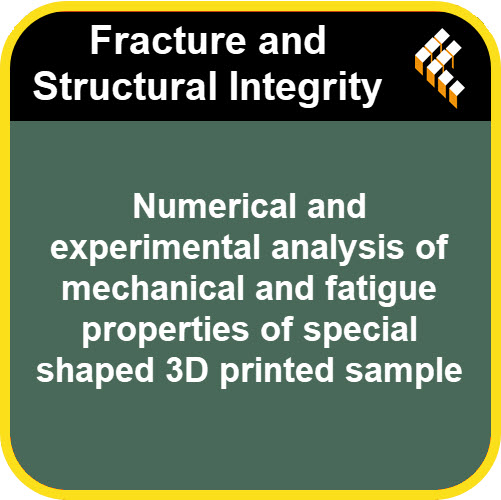
Numerical and experimental analysis of mechanical and fatigue properties of special shaped 3D printed sample
2025-09-21
https://www.fracturae.com/index.php/fis/article/view/5570
More DownloadFiletype: MP3 - Size: 34 MB - Duration: 17:50m (256 kbps 44100 Hz)
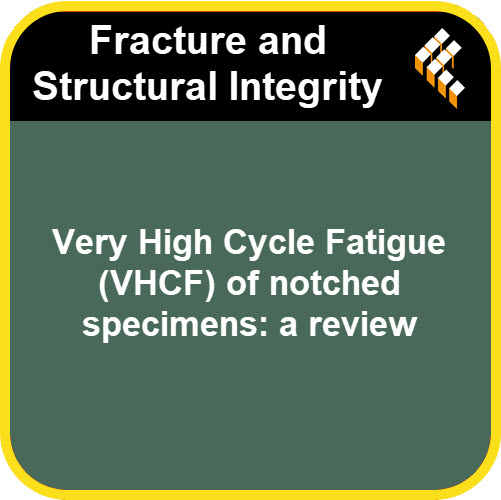
Very High Cycle Fatigue (VHCF) of notched specimens: a review
2025-09-13
https://www.fracturae.com/index.php/fis/article/view/5622
More DownloadFiletype: MP3 - Size: 29 MB - Duration: 15:13m (256 kbps 44100 Hz)
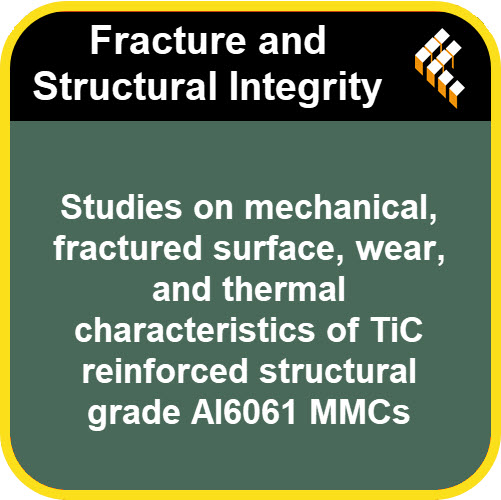
Studies on mechanical, fractured surface, wear, and thermal characteristics of TiC reinforced structural grade Al6061 MMCs
2025-09-12
https://www.fracturae.com/index.php/fis/article/view/5596
More DownloadFiletype: MP3 - Size: 42 MB - Duration: 22:03m (256 kbps 44100 Hz)
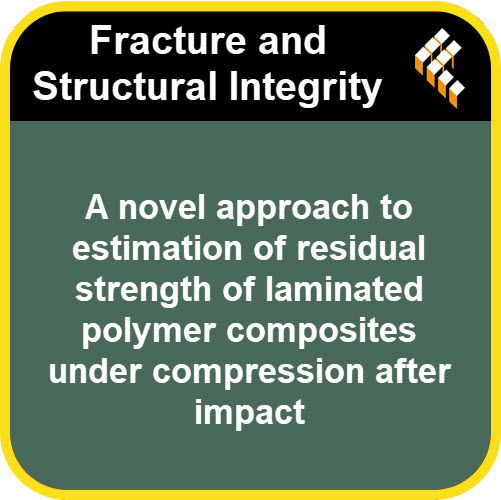
A novel approach to estimation of residual strength of laminated polymer composites under compression after impact
2025-09-11
https://www.fracturae.com/index.php/fis/article/view/5601
More DownloadFiletype: MP3 - Size: 31 MB - Duration: 16:21m (256 kbps 44100 Hz)
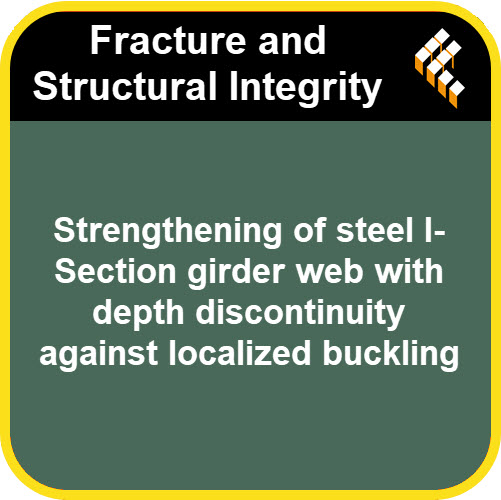
Strengthening of steel I-Section girder web with depth discontinuity against localized buckling
2025-09-11
https://www.fracturae.com/index.php/fis/article/view/5493
More DownloadFiletype: MP3 - Size: 35 MB - Duration: 18:44m (256 kbps 44100 Hz)
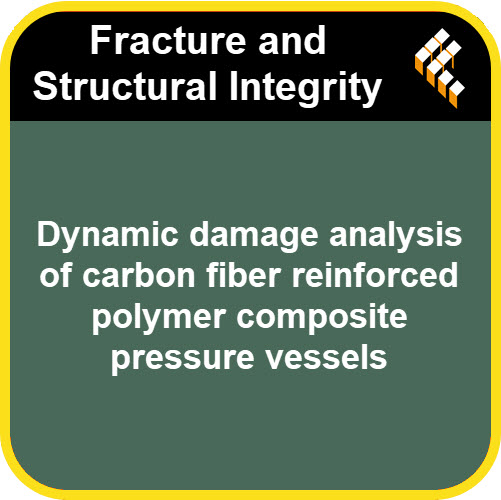
Dynamic damage analysis of carbon fiber reinforced polymer composite pressure vessels
2025-09-09
https://www.fracturae.com/index.php/fis/article/view/5502
More DownloadFiletype: MP3 - Size: 30 MB - Duration: 15:42m (256 kbps 44100 Hz)

Correlation between process parameters and mechanical properties of Ti6Al4V alloys processed by electron beam melting
2025-09-08
https://www.fracturae.com/index.php/fis/article/view/5523
More DownloadFiletype: MP3 - Size: 30 MB - Duration: 16:05m (256 kbps 44100 Hz)
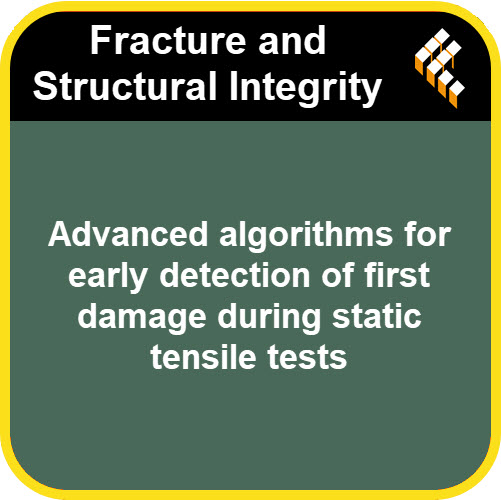
Advanced algorithms for early detection of first damage during static tensile tests
2025-09-08
https://www.fracturae.com/index.php/fis/article/view/5486
More DownloadFiletype: MP3 - Size: 31 MB - Duration: 16:38m (256 kbps 44100 Hz)
Powered by Podcast Generator, an open source podcast publishing solution | Theme based on Bootstrap
